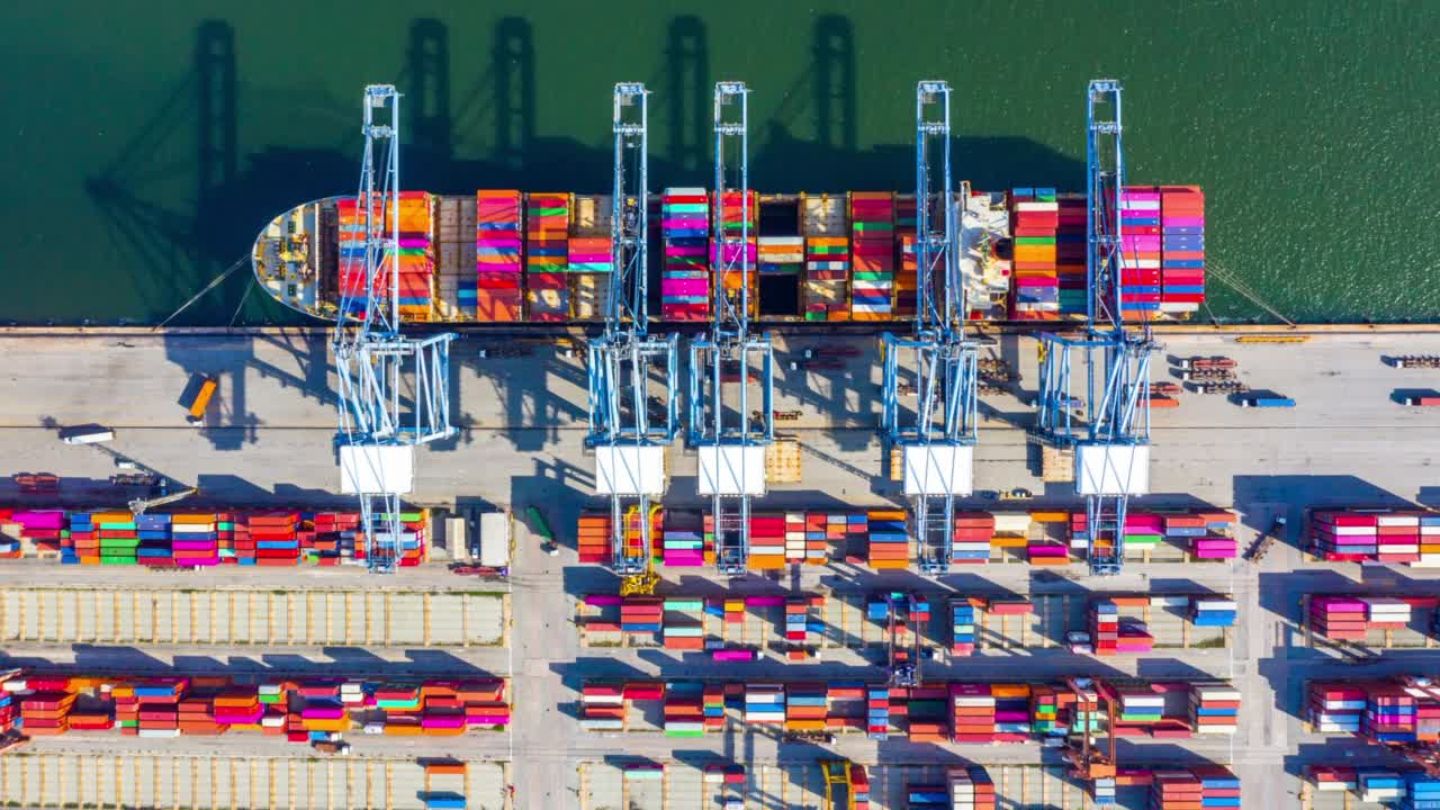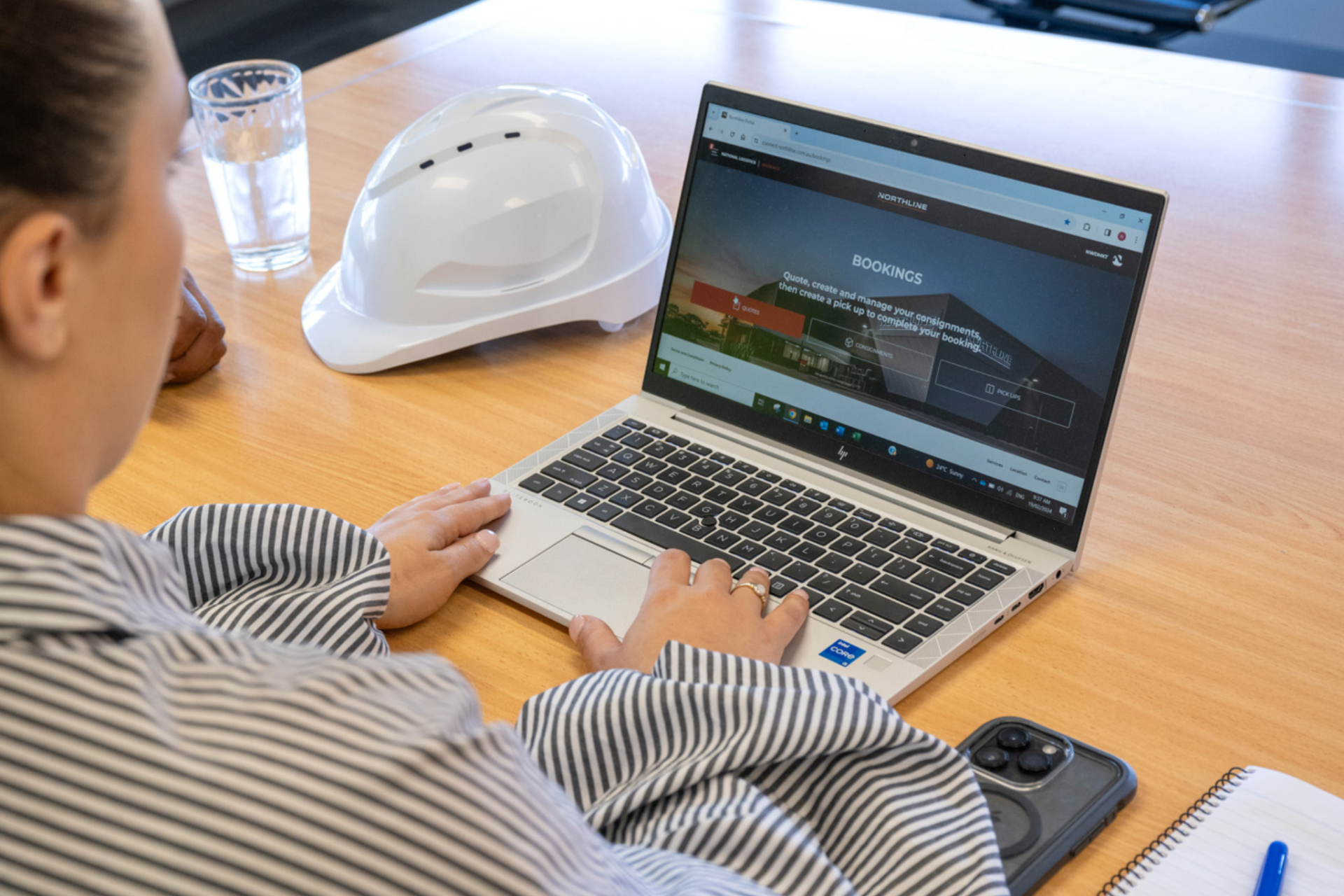Northline, your trusted freight mangement provider
Reliable Freight Management solutions for your business
As a Northline customer, you have access to our global freight network of more than 130 countries and national footprint encompassing 13 strategically located depots across major cities and remote locations in Australia offering over 130,000m2 of warehousing space.
Our team of experienced international freight experts, including in-house Licensed Customs Brokers, will ensure the smooth passage of freight across jurisdictions as well as compliance with local regulations.
What’s more, you are supported by an Australian-based Customer Service Centre, internal and external sales executives and key account managers to ensure your needs are met every step of the way.
Combining these key elements of the business gives you the ability and flexibility to find a tailored solution that meets your specific requirements and evolving market demands.
If you have products to stow, Northline’s Warehousing and Distribution service is a cost-effective way to manage and store products by only paying for the space and resources needed.

Ready to learn how Northline can support your business needs?
Contact us to speak directly with our Sales team and learn how you can unlock:
- A reliable freight management solution
- A dedicated account manager
- Cost-effective rates
- And more
What is meant by freight management?
Freight management refers to the process of planning, organising, and overseeing the transportation of goods from one location to another in a cost-effective, efficient, and timely manner. It is a key component of the supply chain and logistics industry and involves managing various activities related to shipping, such as:
- Carrier Selection: Choosing the most suitable transport providers (carriers) based on cost, reliability, and delivery time.
- Route Optimisation: Identifying the most efficient routes to minimise transit time and costs.
- Tracking and Monitoring: Using technology to track shipments in real-time and ensure goods are delivered safely.
- Inventory Management: Coordinating shipments with stock levels to avoid overstocking or shortages.
- Cost Control: Negotiating freight rates, consolidating shipments, and finding ways to reduce transportation expenses.
- Compliance: Ensuring shipments meet international, national, and local laws, including customs regulations and safety standards.
- Technology Integration: Using freight management systems or software to automate and streamline operations, such as bookings, documentation, and reporting.
Freight management can be managed in-house by businesses or outsourced to third-party logistics providers (3PLs). It plays a vital role in ensuring goods are delivered efficiently while keeping costs under control, thereby improving customer satisfaction and business profitability.
What is the difference between logistics and freight management?
- Scope: Logistics covers the entire supply chain (e.g., inventory, warehousing, transportation), while freight management focuses specifically on transporting goods.
- Key Activities: Logistics includes inventory, warehousing, and distribution; freight management handles carrier selection, route optimisation, and shipment tracking.
- Technology: Logistics uses broader systems like ERP or supply chain software, whereas freight management uses freight or transport management systems (TMS).
- Focus: Logistics manages the end-to-end supply chain; freight management focuses on reducing transport costs and improving delivery efficiency.
- Responsibility: Logistics is handled by supply chain managers; freight management is managed by freight specialists or brokers.
Logistics is the bigger picture, and freight management is a specialised part of it focused on transportation. At Northline, we offer both!
What are the three types of freight?
The three main types of freight are:
- Land Freight
- Goods are transported over land by trucks, trains, or other vehicles.
- Ideal for domestic or cross-border shipments within a continent.
- Includes road freight (e.g., trucks) and rail freight (e.g., trains).
- Sea Freight
- Goods are shipped by cargo vessels across oceans.
- Suitable for large, heavy, or bulk shipments (e.g., machinery, raw materials).
- Slower but cost-effective for international trade.
- Air Freight
- Goods are transported via aeroplanes.
- Best for high-value, time-sensitive, or perishable items (e.g., electronics, medical supplies).
- Faster but more expensive compared to other modes.
Each type is chosen based on factors like speed, cost, distance, and the nature of the goods being transported.
Technology
Customers can connect with Northline via full Electronic Data Interchange (EDI) integration direct with our Transport Management Systems (TMS), or alternatively, can consign, book or track your freight every step of the way via our online customer portal, Connect, which provides:
- Milestone updates for consignments travelling within the freight network
- Access to Proof of Delivery (POD) information
- The ability to obtain quotes prior to arranging freight movements
- The ability to generate and print compatible freight labels

